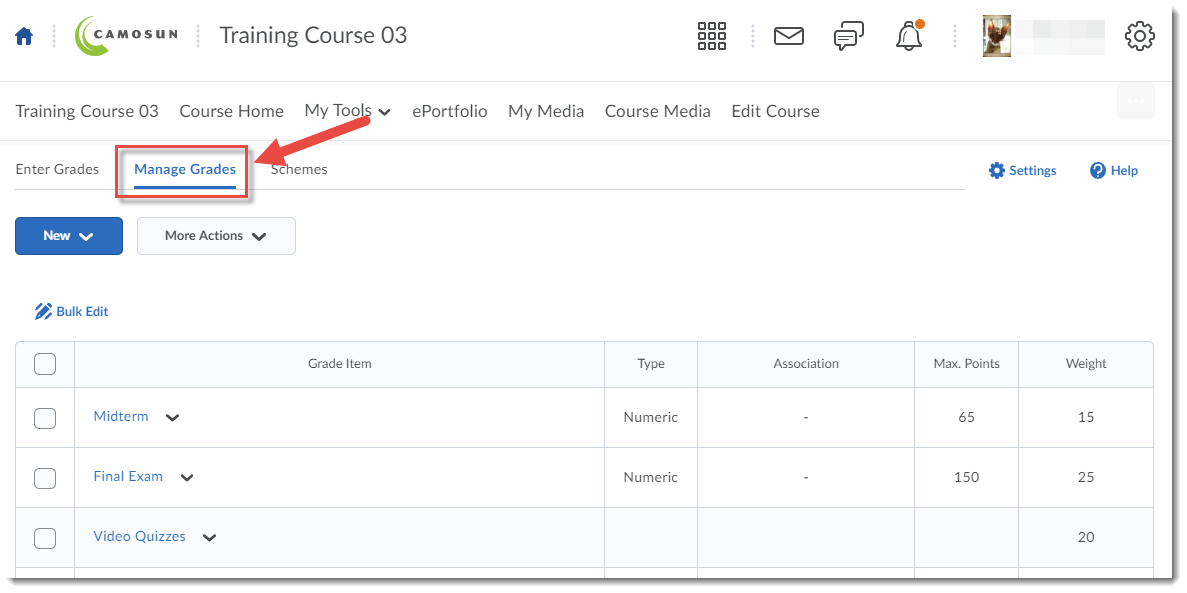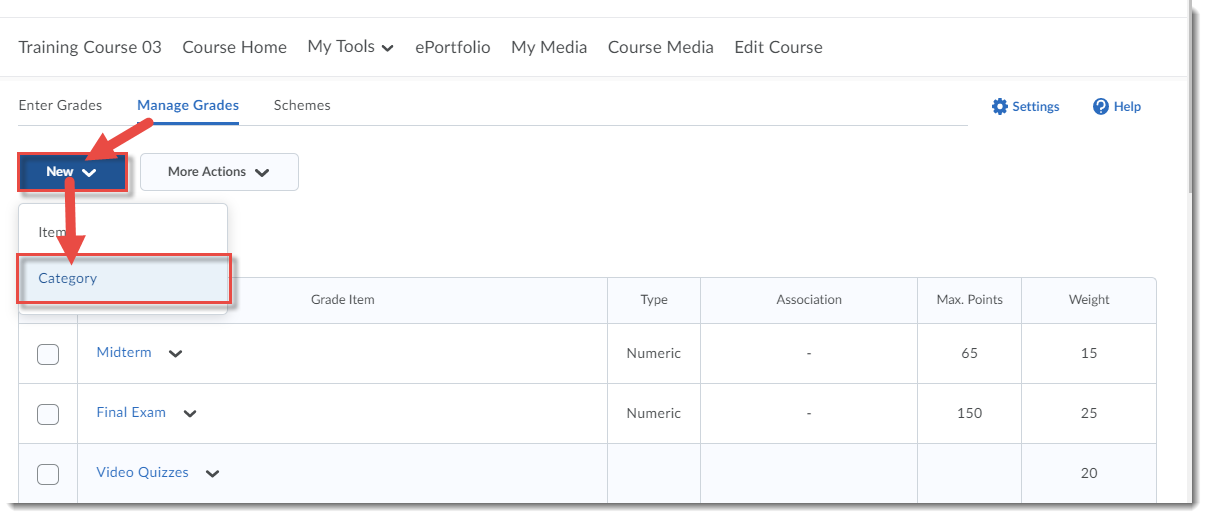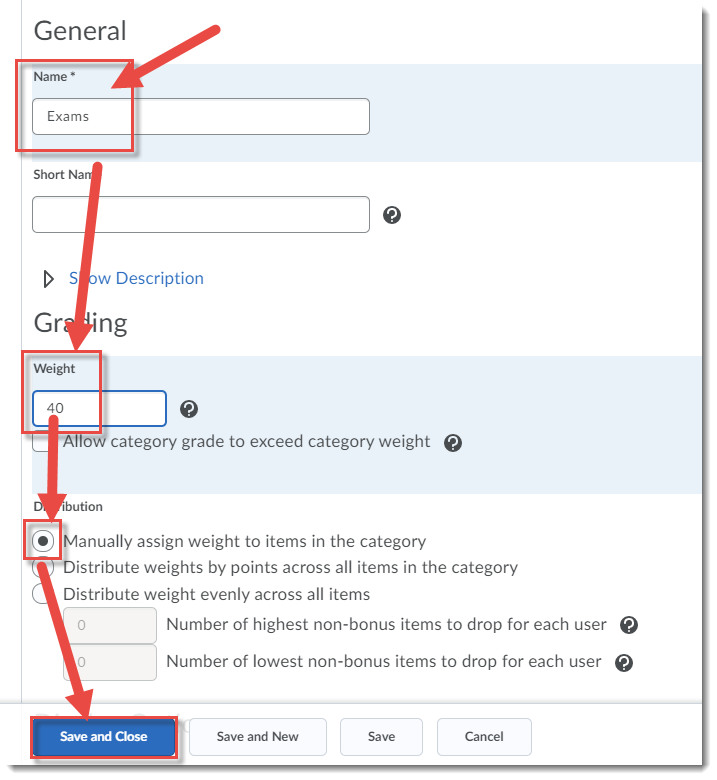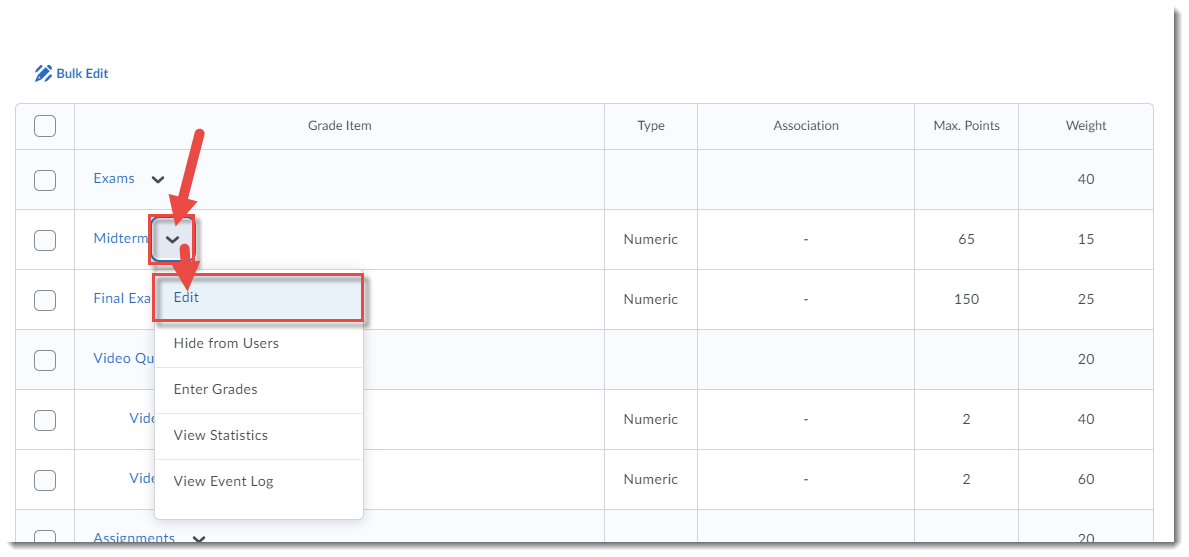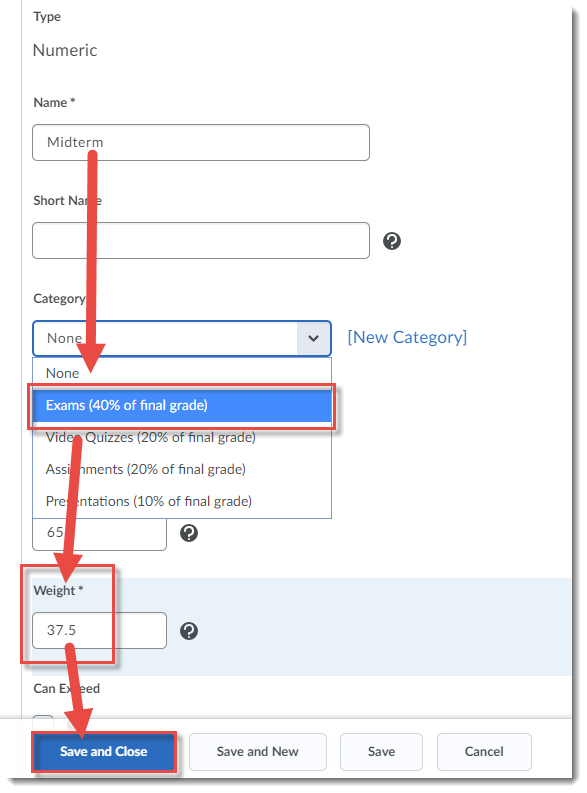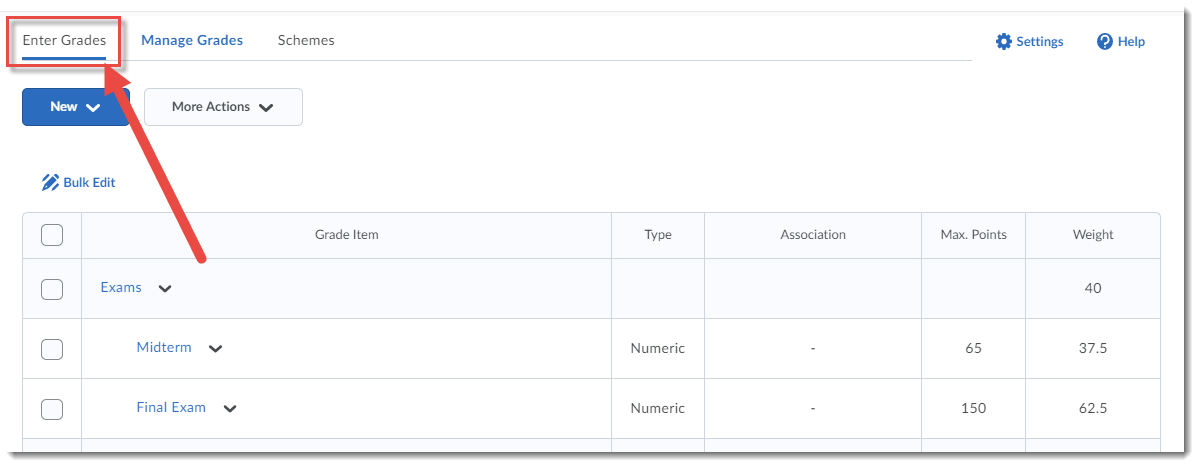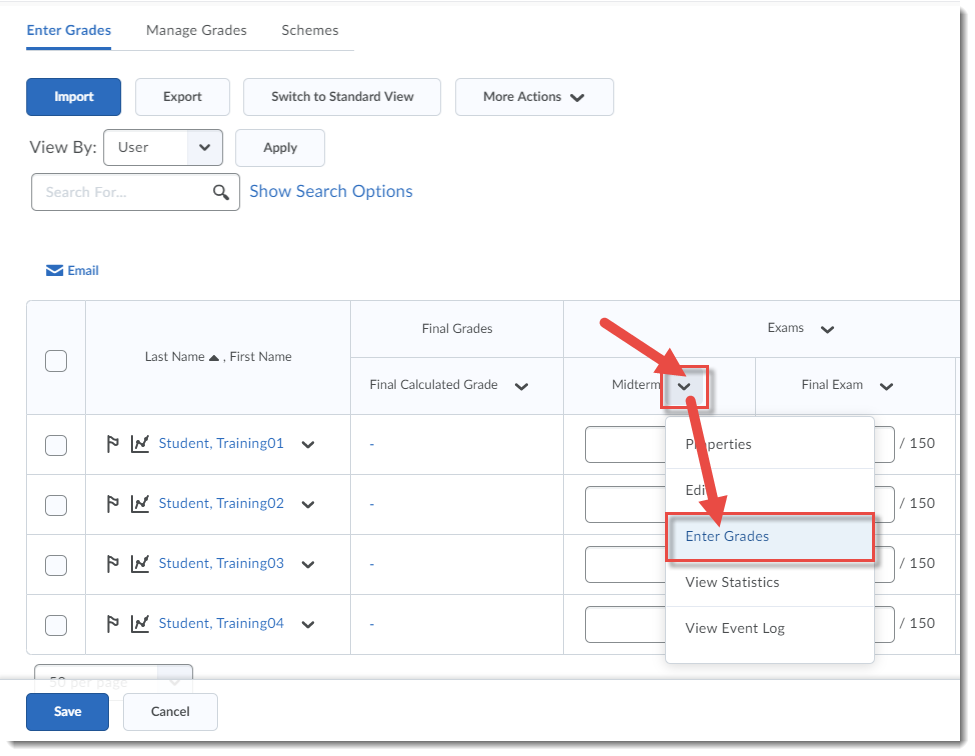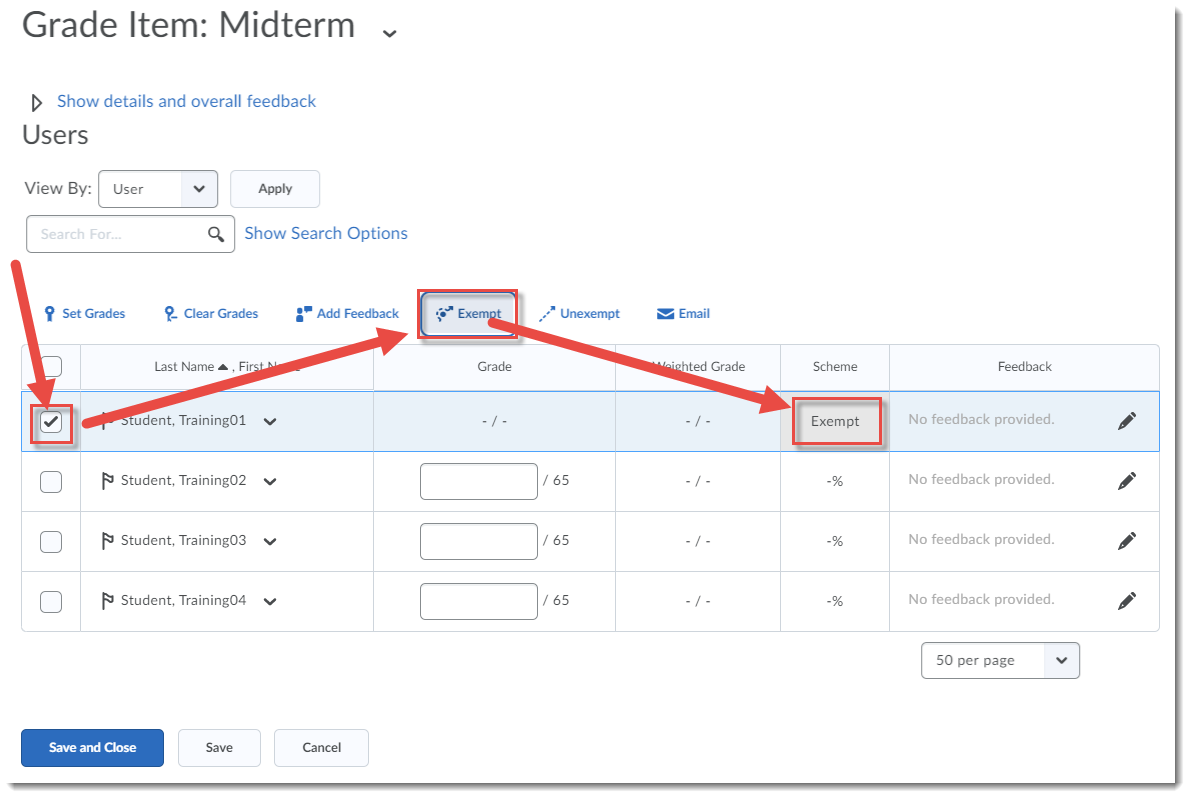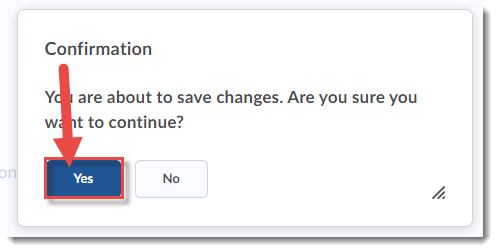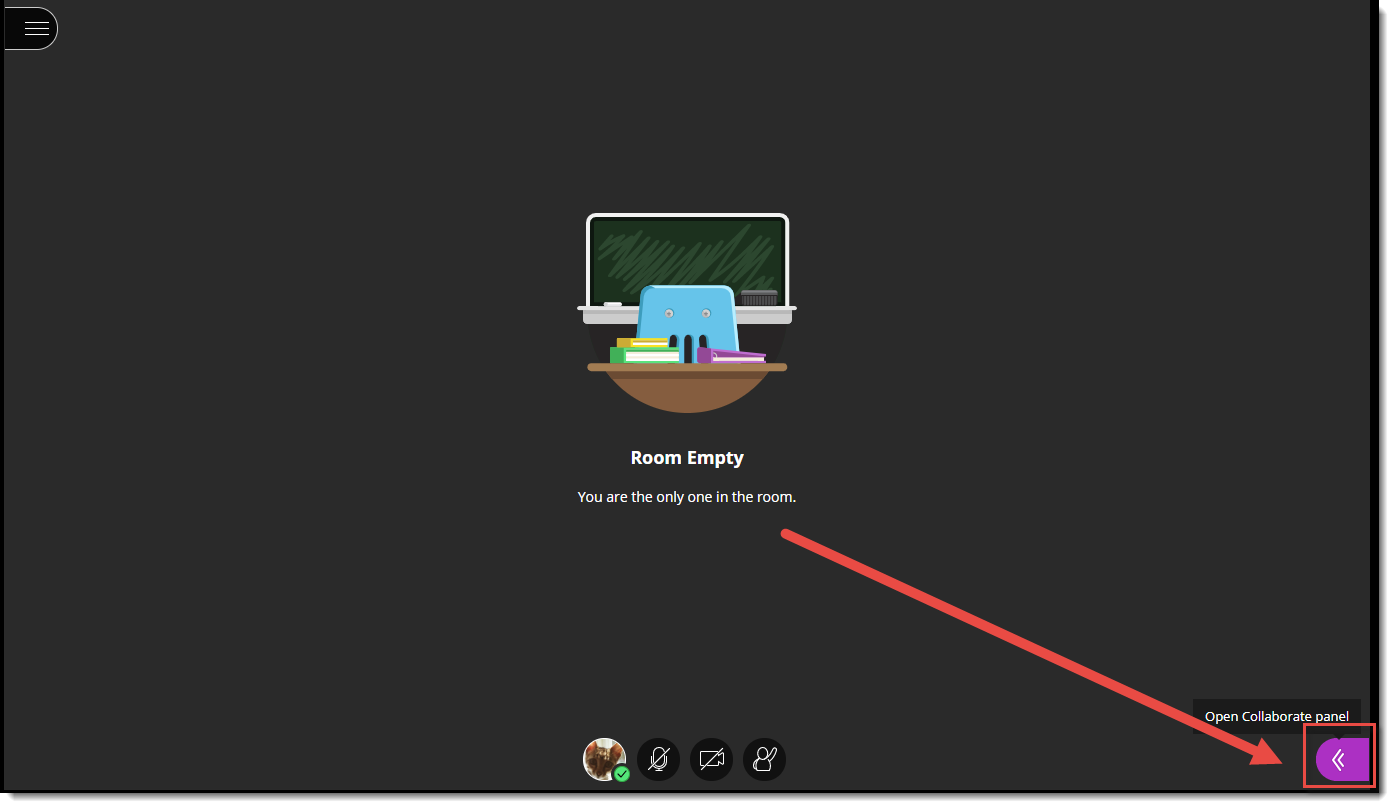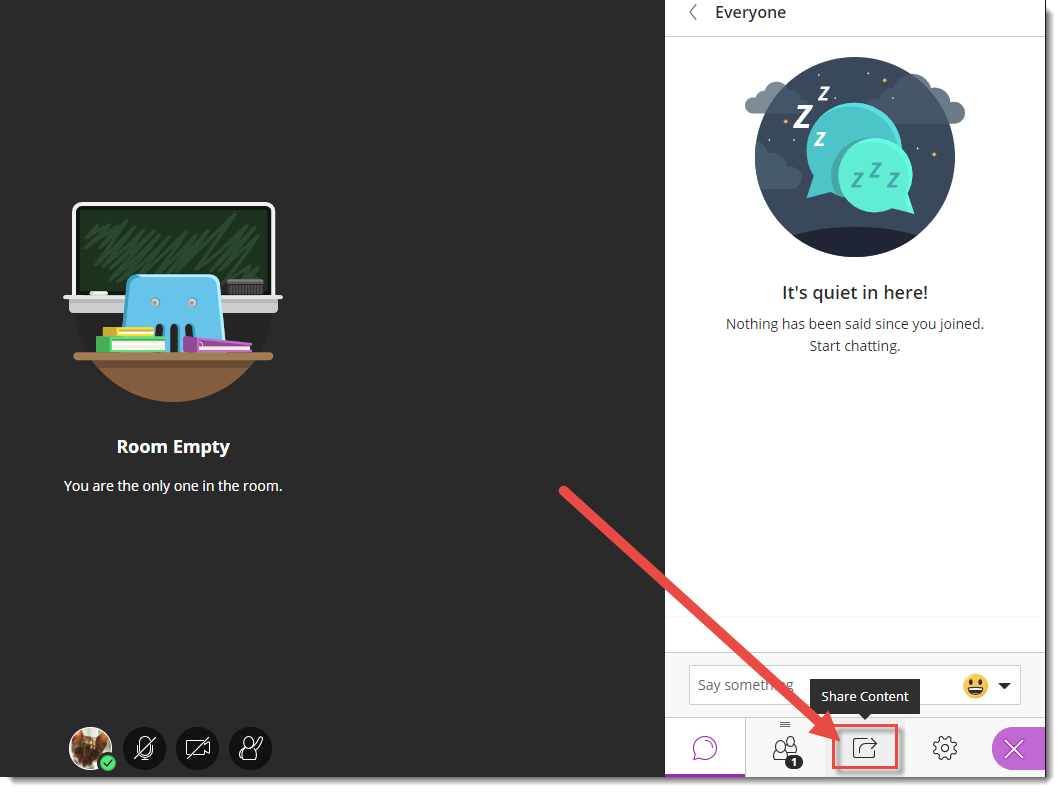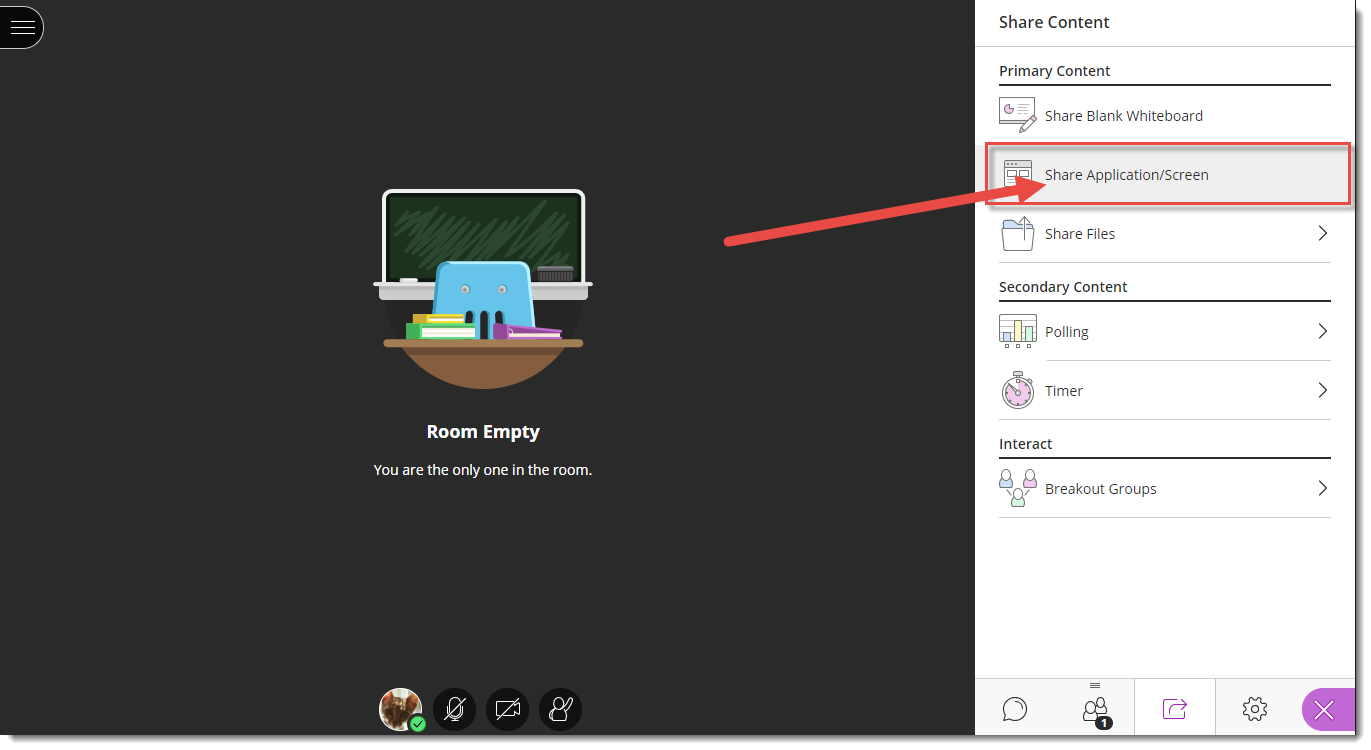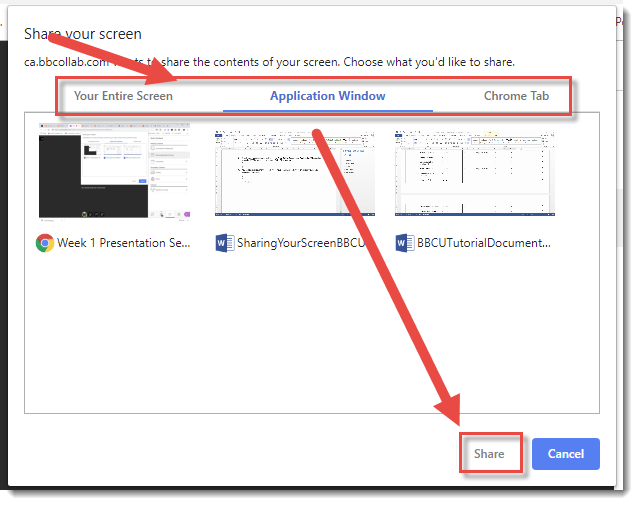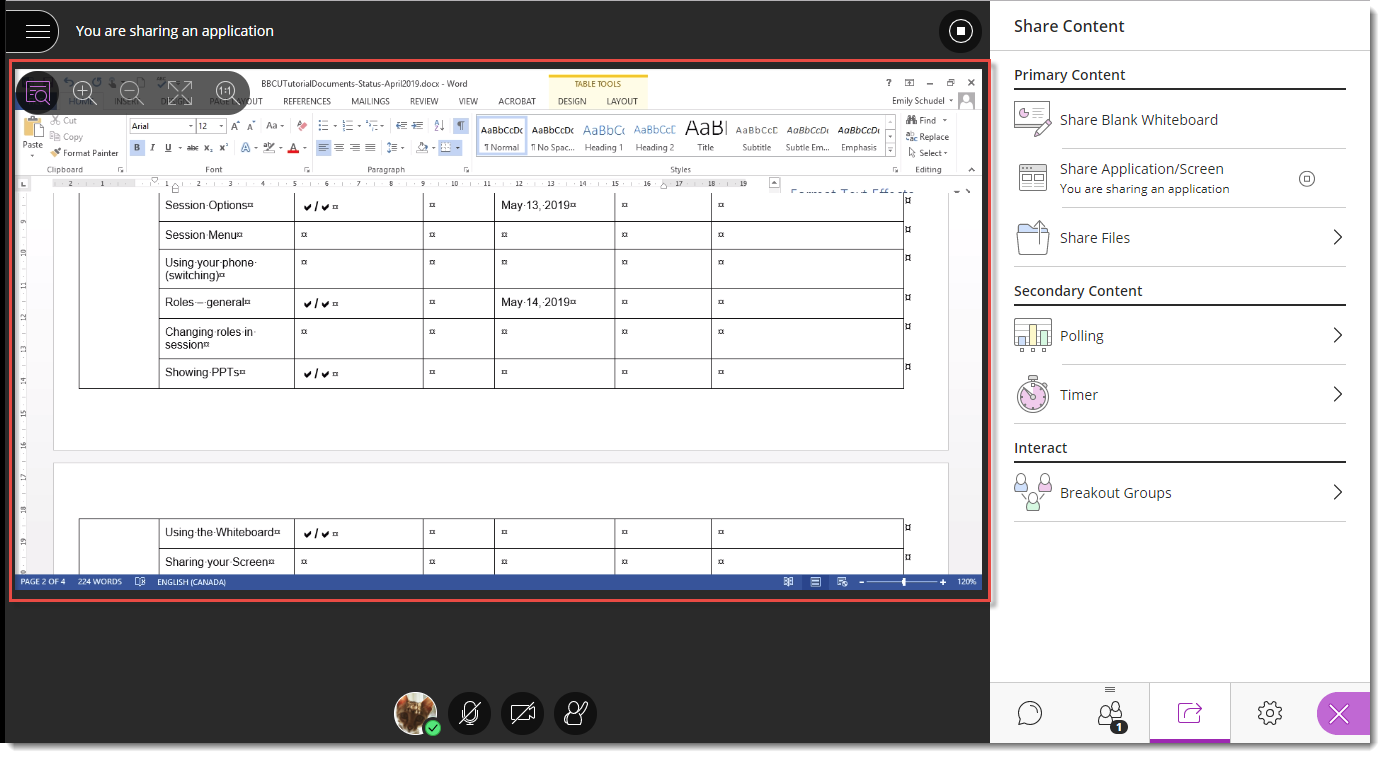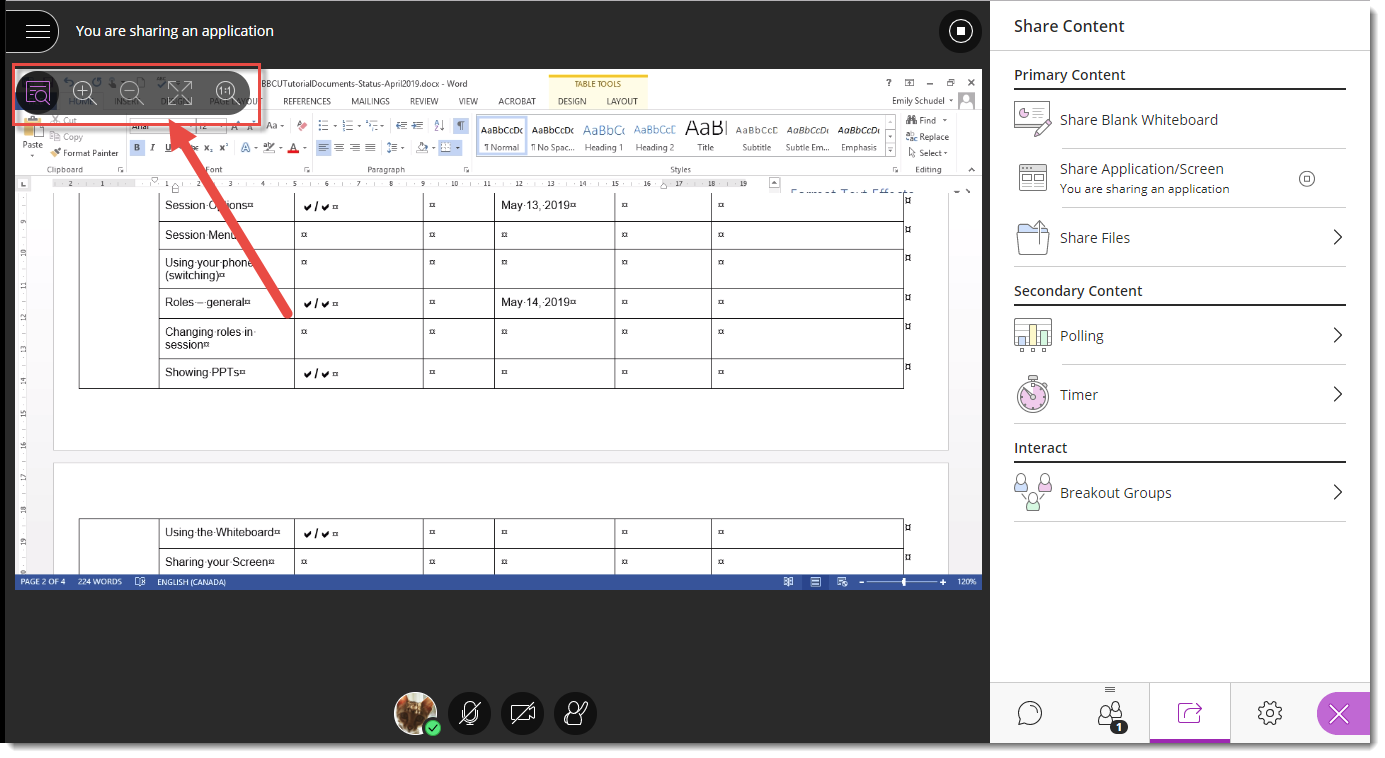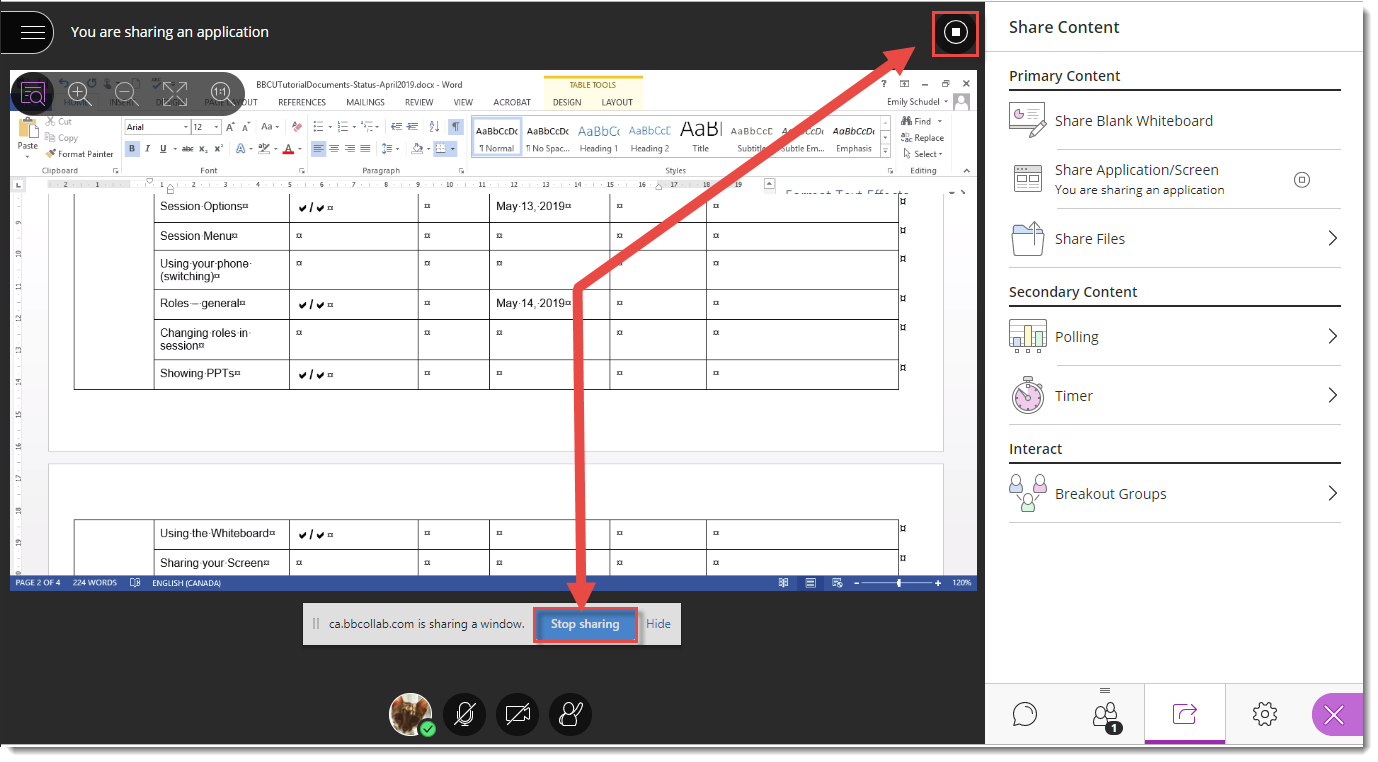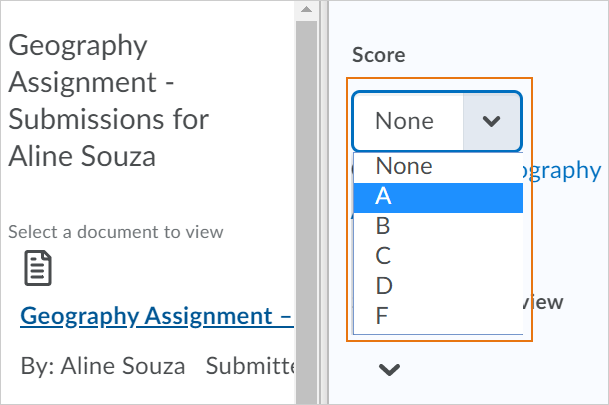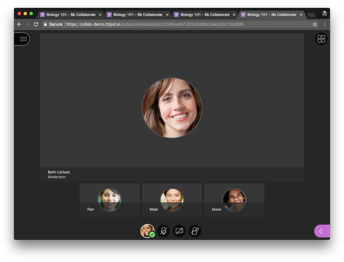Here is my assignment 2 for the Creative Commons certificate: The Law that we call Copyright!
Author: eschudel
Exempting Students from an Item in a Category: a D2L Tutorial
This tutorial is designed for faculty who have previous experience using the Grades tool in D2L and will cover the steps involved when you want to exempt a student from a specific grade item, but have her grade go to another specific grade item (for example, if she missed the Midterm and you want to exempt her from the Midterm and have the Midterm grade to automatically go to the Final Exam grade). For further information, please contact desupport@camosun.ca for assistance.
Steps
- Go to the Grades tool in your course, and make sure you are in the Manage Grades area.
- Create a Category for the items in question, here, the Midterm and Final Exam items – we will call the Category Exams. Make sure the Category weight is the sum of the Midterm (here 15%) and Final Exam (here 25%) weights in the gradebook. Here, the Category weight will be 15% + 25% = 40%. Select Manually assignment weight to items in the category, and click Save and Close.
- Edit each grade item (Midterm and Final Exam) and move then into the Exams Category, setting their weightings accordingly (so that they will still hold the same weight in the gradebook.) For this example, the Midterm should be weighted to 37.5% (15×100/40) within the Category, and the Final Exam weighted to 62.5% (25×100/40) within the Category.
- When you are ready to exempt the student from the Midterm, go to the Enter Grades area.
- Click the down arrow next to the title of the item you wish to exempt the student from, and select Enter Grades.
- Select the student you want to exempt, then click Exempt. The word Exempt will appear in the Scheme column for that student. Click Save and Close.
- In the Confirmation pop-up, click Yes. The selected student will now have a Final Grade calculation which excludes the exempted item.
Things to Remember
Note that you can move items into a Category at any point during the term – just make sure the calculations are the same and other students won’t see a difference in their grading.
Exempting a student from a grade is not the same as dropping the lowest grade item in a Category. See the tutorial Dropping the Lowest Grade Item in a Category for further information.
Once upon a time…the Tale of how Creative Commons came to be
I am currently taking, and getting close to finishing, the Creative Commons certificate course, and as part of this course have been writing blog posts for my assignments on my own blog site. So, I thought I would share some of these with you so you can also learn a bit about Creative Commons, what it is, what it does, and many other exciting and interesting things!
And, without further ado: Once upon a time…the Tale of how Creative Commons came to be !
Sharing your Screen in Blackboard Collaborate Ultra (through D2L)
This tutorial will cover how to share your computer screen within your Blackboard Collaborate Ultra session, and is designed for faculty who have previous experience using D2L, and who have had some experience with Blackboard Collaborate Ultra. For further information, please contact desupport@camosun.ca for assistance.
Steps
- Go to the location in your D2L course site where you have linked to your Blackboard Collaborate Ultra room (for example, in the Content tool), click on your Blackboard Collaborate Ultra session and enter your session.
- Open the Collaborate panel (the bottom right icon).
- Click the Share Content icon.
- Click Share Application/Screen.
- Select which application you wish to share: Your Entire Screen, one Application Window (for example, WORD), or a specific browser Tab. Click Share.
- You and the participants will see what you have shared, and what you are doing with it, in the main session window.
- Use the View Controls to Zoom In, Zoom Out, see the Best Fit, and view the Actual Size.
- Click Stop Sharing (in the pop-up box which appears when you begin sharing your Application/Screen) OR click the Stop icon (top right of the slide in the main window) to stop sharing your Application/Screen.
Things to Remember
You can’t save an Application/Screen sharing session. The only way to “save” the sharing session is to record the entire Blackboard Collaborate Ultra session, and then edit the recording later.
![]() This content is licensed under a Creative Commons Attribution 4.0 International Licence.Icons by the Noun Project.
This content is licensed under a Creative Commons Attribution 4.0 International Licence.Icons by the Noun Project.
This Month in D2L Brightspace Continuous Upgrades: Letter Grades in the Assignments Tool
Yes, by the end of November, look for the option to assign letter grades to student submissions in the Assignments tool.
When creating your Assignment dropbox, you will be able to select a Grade Scheme for that assignment, just like you do when creating a Grade Item. You will then be able to select the letter grade through a Select box in the Submissions area.
Here’s a quick glance at what that will look like in the submissions area, with the letter grade drop-down menu:
(image from https://community.brightspace.com/s/article/Brightspace-Platform-November-2019-20-19-11-Release-Notes-472497846)
We will post more about this function when it becomes live at the end of November!
The Educational Technology Users Group’s (ETUG) First Webinar!
This Friday, ETUG is running its first ever webinar: Include-Ed. It will be an exciting, jam-packed day of presentations and discussions with some amazing presenters from around B.C., so don’t miss it. Come for the day, or stay for whatever sessions you can – it’s all online, so you can join from anywhere. We look forward to seeing you there!
Using Blackboard Collaborate Ultra from your Classroom to Another
Do you have students who can’t make it to class? Snow keeping students from heading down the Malahat? Need to broadcast your class from one classroom to another, or from your classroom to those students who can’t be in class? We have a possible solution for you: Blackboard Collaborate Ultra.
With a microphone and a camera connected to a classroom computer, both easily booked at the ITS Helpdesk, and a little help from your friends in eLearning, you can learn how to send your classroom to your students.
You can also use Blackboard Collaborate Ultra on your own personal computer and engage with students at multiple computers around the city, province, Canada, and the world.
Contact DE Support (desupport@camosun.ca) to arrange to talk to an instructional designer about your options, and to learn all about how this could support you and your students.
Some Updates to D2L
I just wanted to alert you to some “improvements to consistency” in D2L that will be added to D2L this month. These changes will have implications for several tools in D2L, so I wanted to take a moment to outline some of them to you today.
Because there are so many little changes, I am going to simply give you D2L’s list of explanations, so you can go check out these changes out as you want or need to, or you can contact desupport@camosun.ca to arrange a consult with an instructional designer if you have questions.
From D2L: “The language and methods by which instructors make activities hidden or visible to learners across different tools is now consistent. Changes include:
- The visibility control now uses a checkbox with the consistent terminology Hide from users in all instances. This change affects the Assignments, Discussions, Quizzes, Surveys, and Grades (grade item and grade category) tools.
- In Discussions, the Visibility, Availability Dates, and Locking options move from the Properties tab to the Restrictions tab.
- The Hide from users checkbox appears under the title field of all activity creation pages in the Content tool.
- In Content, on the table of contents, there is now a visibility icon button for use with both content topics and modules. The icon serves as a visibility switch. The visibility status of a topic appears when the topic is not visible, when the table of contents is in bulk edit mode, or when a topic is in edit-in-place mode. The table of contents fly-out no longer provides the ability to switch the visibility of a topic or module.
- In Content, the Hide from users and Make Visible to users options are available in the context menus for topics and modules in the table of contents, and in the context menus of topics on the topics’ detail page.
The Instructor view of the list page of several tools now has consistent icons in a consistent order for activity restrictions. Changes include:
- All common activity icons appear before tool-specific icons.
- There is now only one Special Access icon in Quizzes (previously there were two, one for each type of Special Access). The Special Access icon also now appears in Assignments where it previously did not.
- All icons have been updated to the Daylight style (except the Bonus Grade item, which will be done in a future release).
- The Exemptions icon now appears on the list pages.
- Alt-text appears on all icons on the activity pages. In some cases, the alt-text has been changed to provide consistent text across all icons of the same type.
Across many tools, including Quizzes, Surveys, Grades, and Discussions, the Restrictions tab provides the ability to control the visibility status and availability dates for an activity. Changes include:
- Changes to the Restrictions tabs in Quizzes, Survey, Grades, and Discussions to show Hide from Users with a check box control to turn on or turn off the visibility of the item.
- Previous sections containing the visibility settings in Surveys, Grades, and Discussions (for Forums and Topics) are renamed to Availability.
- Availability dates in Grades (for a grade item and grade category) and Discussions (for Forums and Topics) now appear and can be hidden.
There is now a consistent individual and bulk process workflow to hide or show activities. With this workflow, users can quickly change the visibility status from the list of activities without first having to edit the activity. Changes include:
- In Quizzes, Surveys, and Grades, users can hide or show individual items under the context menu of an individual item or bulk items from the More Actions button at the top of the page.
- In Discussions, users can hide or show individual items under the context menu of each topic and forum. Bulk hide or show is not available for Discussions.
The language and methods by which instructors save content on the New Activity page (Content tool) are now consistent. Whether the item is visible or not is determined by the Hide from Users permission check box. Changes include:
- Publish and Save as Draft have been combined into a single button called Save.
In addition, there are other consistency updates throughout the Brightspace Learning Environment:
- The Completion Method icon in the table of contents in the Content tool is now a menu. If an instructor does not have permission to edit the Completion Method, the icon is displayed and the button menu does not appear.
- In the Grade book, on the context menu for a grade item, the Grade All option is now Enter Grades.
- In the Grade Item and Grade Category event log, the Visibility property is now Visibility Status. Status options are now Hidden or Not Hidden.
- In the Grade Item and Grade Category event log, the End Date Restriction and Start Date Restriction properties are now Availability End Date and Availability Start Date.
- In the Grade Item and Grade Category event log, changes to the Visibility and Date properties are now logged independently.
- In Surveys, the display of availability dates on the survey Administrator and User list pages are now consistent with the display currently used in Quizzes.
Some Updates to D2L
I just wanted to alert you to some “improvements to consistency” in D2L that will be added to D2L this month. These changes will have implications for several tools in D2L, so I wanted to take a moment to outline some of them to you today.
Because there are so many little changes, I am going to simply give you D2L’s list of explanations, so you can go check out these changes out as you want or need to, or you can contact desupport@camosun.ca to arrange a consult with an instructional designer if you have questions.
From D2L: “The language and methods by which instructors make activities hidden or visible to learners across different tools is now consistent. Changes include:
- The visibility control now uses a checkbox with the consistent terminology Hide from users in all instances. This change affects the Assignments, Discussions, Quizzes, Surveys, and Grades (grade item and grade category) tools.
- In Discussions, the Visibility, Availability Dates, and Locking options move from the Properties tab to the Restrictions tab.
- The Hide from users checkbox appears under the title field of all activity creation pages in the Content tool.
- In Content, on the table of contents, there is now a visibility icon button for use with both content topics and modules. The icon serves as a visibility switch. The visibility status of a topic appears when the topic is not visible, when the table of contents is in bulk edit mode, or when a topic is in edit-in-place mode. The table of contents fly-out no longer provides the ability to switch the visibility of a topic or module.
- In Content, the Hide from users and Make Visible to users options are available in the context menus for topics and modules in the table of contents, and in the context menus of topics on the topics’ detail page.
The Instructor view of the list page of several tools now has consistent icons in a consistent order for activity restrictions. Changes include:
- All common activity icons appear before tool-specific icons.
- There is now only one Special Access icon in Quizzes (previously there were two, one for each type of Special Access). The Special Access icon also now appears in Assignments where it previously did not.
- All icons have been updated to the Daylight style (except the Bonus Grade item, which will be done in a future release).
- The Exemptions icon now appears on the list pages.
- Alt-text appears on all icons on the activity pages. In some cases, the alt-text has been changed to provide consistent text across all icons of the same type.
Across many tools, including Quizzes, Surveys, Grades, and Discussions, the Restrictions tab provides the ability to control the visibility status and availability dates for an activity. Changes include:
- Changes to the Restrictions tabs in Quizzes, Survey, Grades, and Discussions to show Hide from Users with a check box control to turn on or turn off the visibility of the item.
- Previous sections containing the visibility settings in Surveys, Grades, and Discussions (for Forums and Topics) are renamed to Availability.
- Availability dates in Grades (for a grade item and grade category) and Discussions (for Forums and Topics) now appear and can be hidden.
There is now a consistent individual and bulk process workflow to hide or show activities. With this workflow, users can quickly change the visibility status from the list of activities without first having to edit the activity. Changes include:
- In Quizzes, Surveys, and Grades, users can hide or show individual items under the context menu of an individual item or bulk items from the More Actions button at the top of the page.
- In Discussions, users can hide or show individual items under the context menu of each topic and forum. Bulk hide or show is not available for Discussions.
The language and methods by which instructors save content on the New Activity page (Content tool) are now consistent. Whether the item is visible or not is determined by the Hide from Users permission check box. Changes include:
- Publish and Save as Draft have been combined into a single button called Save.
In addition, there are other consistency updates throughout the Brightspace Learning Environment:
- The Completion Method icon in the table of contents in the Content tool is now a menu. If an instructor does not have permission to edit the Completion Method, the icon is displayed and the button menu does not appear.
- In the Grade book, on the context menu for a grade item, the Grade All option is now Enter Grades.
- In the Grade Item and Grade Category event log, the Visibility property is now Visibility Status. Status options are now Hidden or Not Hidden.
- In the Grade Item and Grade Category event log, the End Date Restriction and Start Date Restriction properties are now Availability End Date and Availability Start Date.
- In the Grade Item and Grade Category event log, changes to the Visibility and Date properties are now logged independently.
- In Surveys, the display of availability dates on the survey Administrator and User list pages are now consistent with the display currently used in Quizzes.
Reflections on Open Access, OER, and Community of Practice (Reblog)
I don’t often reblog, but it’s been awhile since I’ve posted (having been off for a couple of weeks), and it’s Open Access Week. Dana McFarland at Vancouver Island University (who have an amazing blog site) has posted some very thoughtful reflections on Open Access, OER, and Community of Practice. Given my personal current interest in Open, and moving more into working with OER and Open Pedagogy here at Camosun, I wanted to share these reflections. And you will see more here in this space about OER in the coming months!
Open Access Week 2019: Reflections on Open Access, OER, and Community of Practice

